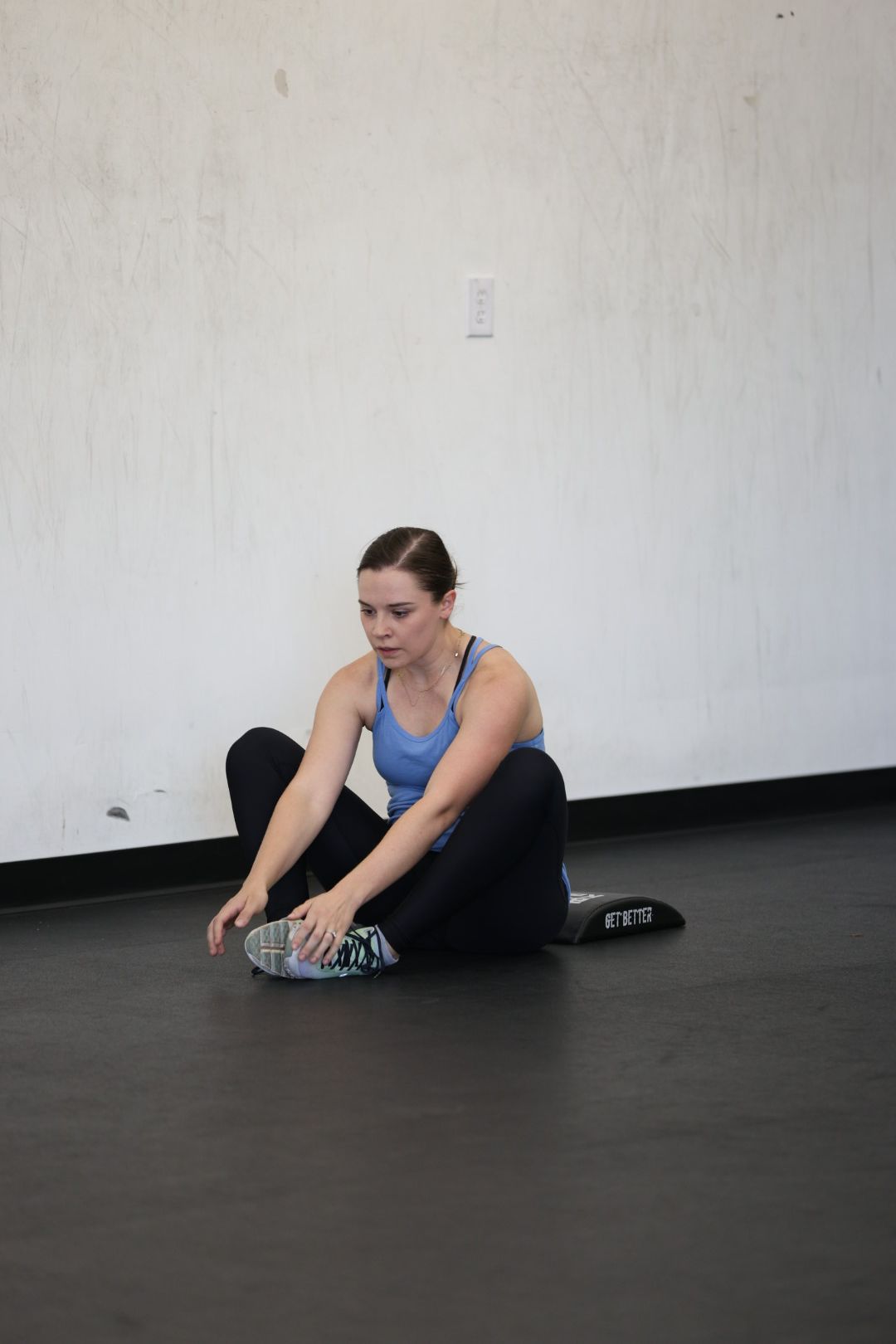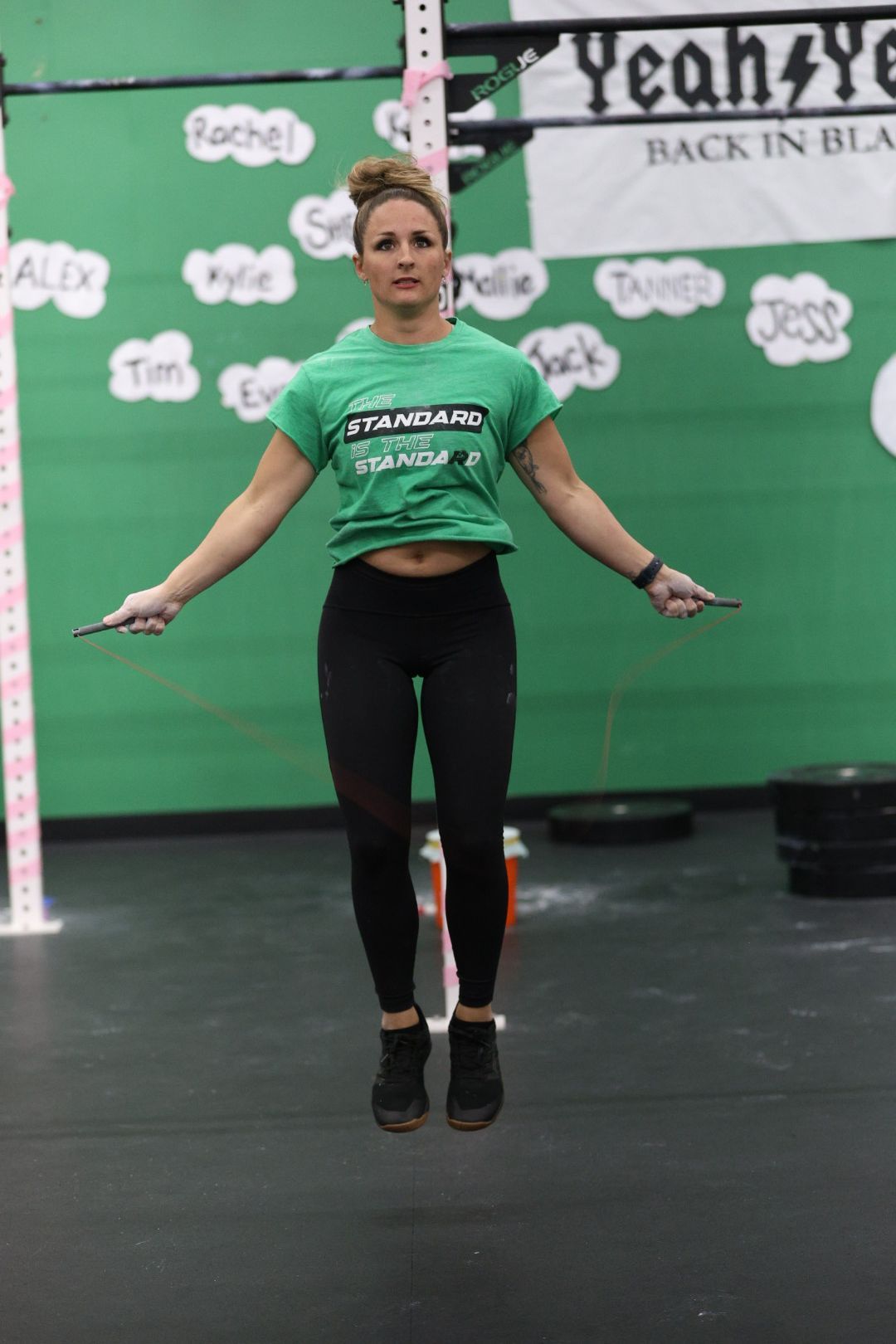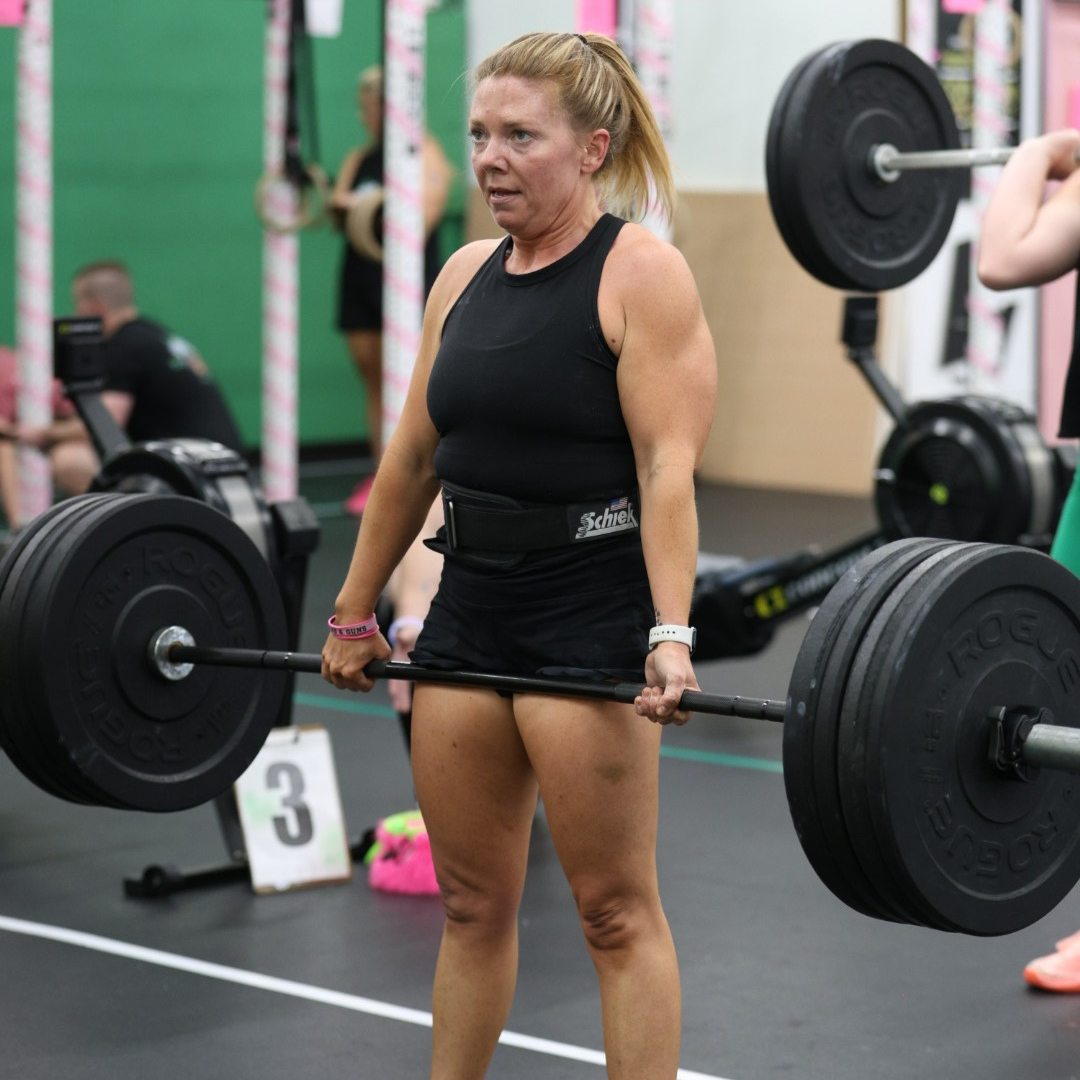How to deal with muscle soreness
Nina Jordan • June 16, 2025
This is a subtitle for your new post

You crushed it at the gym, you increased your weight and intensity... Now your muscles are talking back — and not in a good way.
If you hit the gym regularly, you’ve probably had days where walking up stairs feels like climbing Everest. That post-workout ache is called Delayed Onset Muscle Soreness (DOMS), and while it’s a normal response to pushing your body, it doesn’t mean you have to suffer through it blindly.
Here’s how you, the everyday gym-goer, can handle soreness smartly and keep your training on track.
1. Don’t Skip Movement -
Taking a full rest day can feel tempting when you’re sore, but staying completely still can make you even stiffer. Instead, continue to get your blood flowing and help flush out muscle waste.
Think of it as damage control, not punishment.
2. Hydrate Like It’s Part of Your Workout -
Muscle soreness can worsen when you're dehydrated. You’re already sweating buckets in the gym — don’t shortchange your recovery.
Drink water consistently throughout the day.
Better hydration = better recovery.
3. Use Heat and Ice — at the Right Times -
Right after a brutal workout? Ice can help bring down inflammation.
A day later when the tightness sets in? Heat can relax stiff muscles and improve mobility.
Hot baths, warm compresses, and even contrast showers (alternating hot and cold water) can be game changers.
4. Stretch, But Don’t Overstretch -
Dynamic stretches before your workouts = good. Static stretches after your workout = better. When sore, aim for light, feel-good stretches — this isn't the time to force a deep hamstring stretch.
A few minutes a day can keep you moving without making soreness worse.
5. Foam Roll Like It’s Your Job -
If you’re not foam rolling, you’re missing a golden recovery tool. Just a few minutes of rolling can:
Ease muscle tension
Improve blood flow
Speed up recovery
Target sore areas gently — it should feel relieving, not like torture.
6. Fuel Up Post-Workout -
What you eat after the gym matters — especially when you’re sore. Aim for:
Protein to repair muscle fibers
Carbs to replenish energy
Healthy fats to fight inflammation
A protein shake with banana and peanut butter? Perfect post-gym fuel.
7. Get Serious About Sleep -
Your muscles aren’t just recovering in the gym — they’re repairing while you sleep. Aim for 7–9 hours a night if you want your body to bounce back stronger.
Late nights + early morning workouts = sore, grumpy, and stuck in a plateau.
8. Know the Difference Between Soreness and Injury -
DOMS is normal. Sharp, stabbing, or long-lasting pain? That’s a red flag. Don’t ignore your body trying to warn you.
When in doubt, back off and reassess.
Final Thoughts
Soreness is part of the process — a sign that your workouts are working. But being sore shouldn’t mean dragging yourself through the week. Use these strategies to recover smarter, stay consistent, and keep progressing without burning out.
MORE RECENT POSTS

Here are seven at-home workouts that require minimal equipment (just dumbbells or kettlebells, jump rope optional). It’s built around high-intensity functional movements — think bodyweight exercises, dumbbell work, cardio — scale for various fitness levels. ONE For Time: 21-15-9 Air Squats Push-ups Jumping Lunges (Optional: 50 double unders or 100 singles after each round) TWO EMOM x 12 (every minute on the minute): Minute 1: 10 Dumbbell Swings Minute 2: 10 Dumbbell Push Press Minute 3: 30s Hollow Hold 3 Rounds: 20 Russian Twists (each side) 10 V-ups 1 min Plank THREE 30–45 min walk, bike, hike, or yoga Mobility work: hips, shoulders, T-spine FOUR As Many Rounds As Possible in 12 Minutes: 10 Burpees 15 Dumbbell Snatches (alternating) 20 Sit-ups FIVE 3 Rounds For Time: 15 Dumbbell Deadlifts 12 Dumbbell Front Squats 9 Dumbbell Push Jerks *Rest 1 minute between rounds SIX 20-Minute AMRAP: 200m Run (or 30 seconds of high knees) 20 Air Squats 15 Push-ups 10 Dumbbell Rows (each arm) SEVEN – Rest or Stretch Optional: 20–30 min of light mobility (foam roll, stretch) There are a million different variations you could do- these are just 7 options if you're in a pinch!

Should you do double-unders? Do you HAVE to? No. Double-unders do not tell you if you're fit or healthy. There are a lot of healthy and fit folks out there that have not yet mastered the double-under skill. Does that mean you shouldn't try? No. Double-unders are a great source of cardio that trains rhythm, timing, neuromuscular coordination, proprioception, kinesthetic awareness, control under fatigue, etc.. Before getting frustrated with them, ask yourself why you are learning them. If it's because everyone else is doing them and we think we're not fit without them... maybe, just maybe, we're going about it the wrong way. Why you SHOULD keep trying them: Because they are. a frustrating movement that can challenge you (for years sometimes)! A challenge like this is good for your brain. It helps you outside of the gym to not give up when things aren't working. To keep showing up when life whips you (pun intended). Stick with the thing that frustrates you. Here are some tips to help you get better at double unders: Improving double unders with a jump rope involves a mix of timing, technique, strength, and consistency. Here’s a breakdown to help you get better: ✅ 1. Master the Basics First Make sure you can do consistent single unders (normal jumps) with good posture and minimal arm movement. Practice slowing down single unders to get more control over timing. ✅ 2. Use the Right Rope Choose a speed rope with a light cable and ball bearings for faster rotations. Adjust the length: When you stand on the rope, general rule of thumb is that the handles should reach just below your armpits. ✅ 3. Refine Your Technique Jump straight up, just a bit higher than for singles — don’t kick your heels back or tuck. Let your wrists doing most of the work. Keep your body tight and tall, with a neutral head position. ✅ 4. Practice Wrist Speed Try rope turns without jumping (double-tap drills) to isolate and train wrist speed. You can also do "penguin taps": jump in place and tap your thighs twice midair to simulate timing. ✅ 5. Do Progressions Mix 1 double under between 3–5 single unders (e.g., single-single-single-double). Gradually reduce singles between until you can string doubles together. ✅ 6. Improve Conditioning Double unders are demanding. Work on cardio endurance, calf strength, and ankle mobility. ✅ 7. Be Patient and Consistent Short, daily practice is better than long, frustrating sessions. Film yourself occasionally to check form and identify issues.

How to Gain Muscle Mass: A Practical Guide for Lifters of All Levels Whether you're a beginner in the gym or someone looking to break through a plateau, building muscle mass requires more than just lifting heavy. It’s a science-backed combination of training, nutrition, rest, and consistency. In this guide, we’ll break down the key strategies you need to follow to gain lean muscle effectively and sustainably. 1. Prioritize Progressive Overload Muscles grow when they’re consistently challenged. Progressive overload means gradually increasing the demands you place on your muscles. You can do this by: * Increasing weight * Adding reps or rounds (sets) * Reducing rest time * Improving exercise form and range of motion 2. Train With the Right Volume and Frequency To stimulate muscle growth (hypertrophy), aim for 3–5 training sessions per week This volume allows sufficient stimulation for growth while giving your body time to recover. 3. Eat More (But Smartly) You can’t build muscle in a calorie deficit. To gain mass, you need a caloric surplus—consuming more calories than you burn. * Start with a 250–500 calorie surplus per day * Focus on protein-rich foods, healthy carbs, and good fats * Sample high-protein foods: chicken breast, lean beef, eggs, Greek yogurt, tofu, legumes, whey protein * Find a coach to help you in the nutrition department- on setup and accountability. 4. Track Your Progress Keep an eye on both your training and nutrition: * Record your workouts: sets, reps, weights * Take weekly progress photos * Track body weight (but don’t obsess—muscle is denser than fat) Tracking helps you make informed adjustments and stay motivated. 5. Prioritize Recovery and Sleep Muscle is built outside the gym—when you rest. Skimping on recovery can stall your gains. * Get 7–9 hours of quality sleep per night * Take rest days to allow muscles to repair and grow * Consider active recovery: light cardio, stretching, yoga Sleep is where muscle-building hormones like growth hormone and testosterone peak. Don’t underestimate its power. 6. Be Patient and Stay Consistent Muscle growth is a marathon, not a sprint. Visible changes may take weeks or even months, but every session and every meal contributes to your progress. * Set short- and long-term goals * Stay consistent with your workouts and meals * Don’t panic if the scale doesn’t move quickly—track strength gains and how your clothes fit Final Thoughts Gaining muscle mass is achievable for anyone with the right mindset and plan. Focus on lifting progressively, eating with intention, and recovering wisely. Avoid shortcuts or crash diets—build your body on solid, sustainable habits. Remember: The best time to start was yesterday. The second-best time is now.

